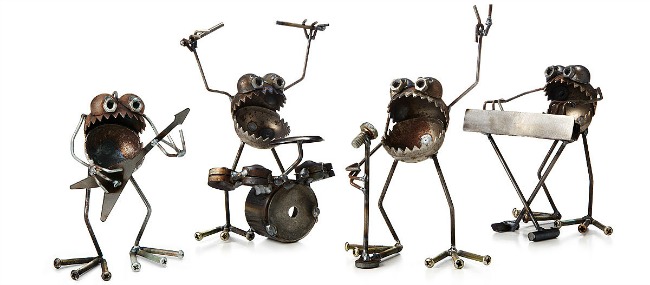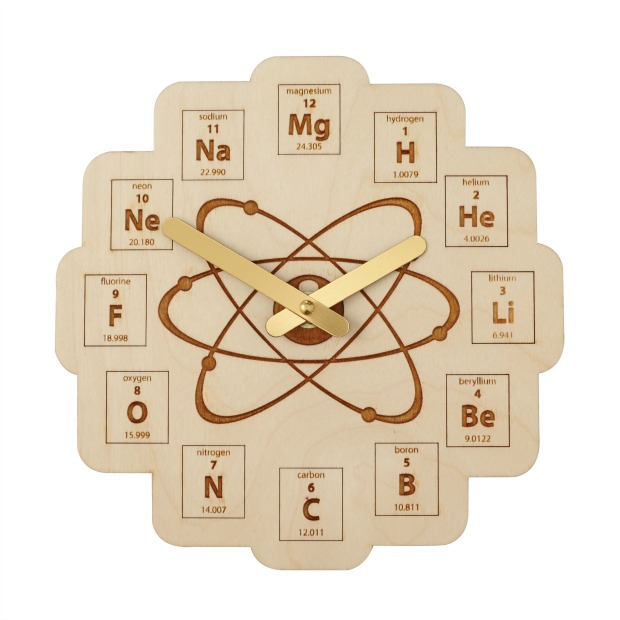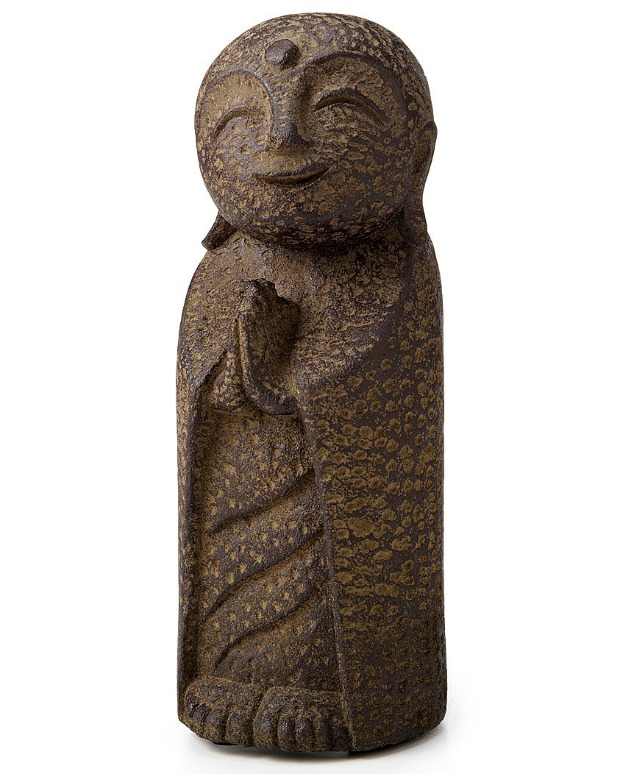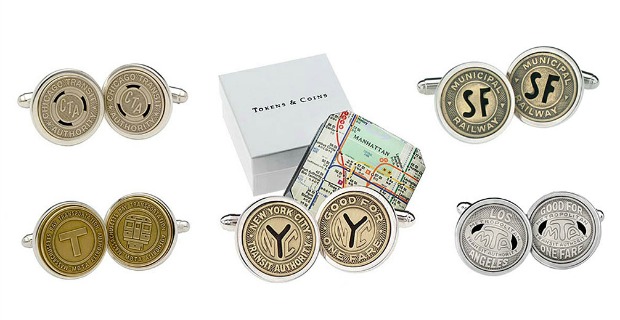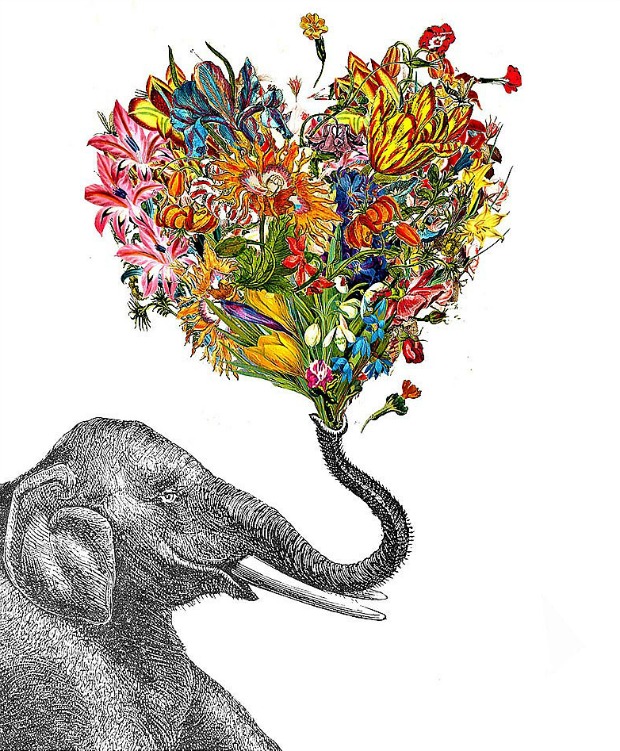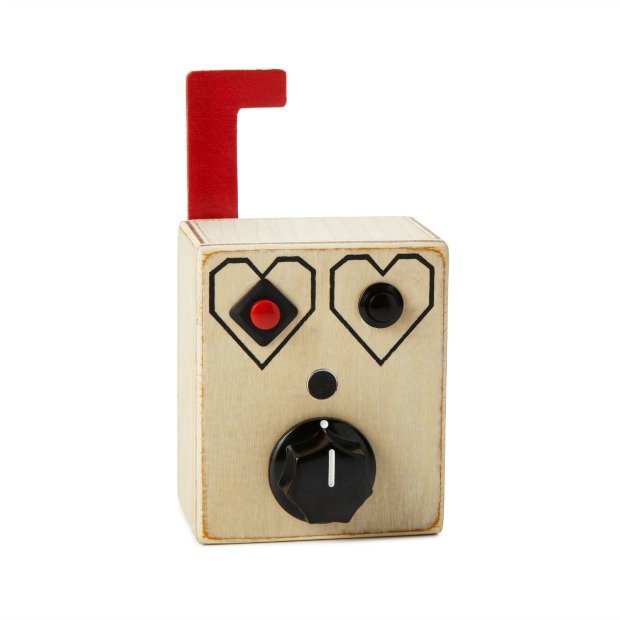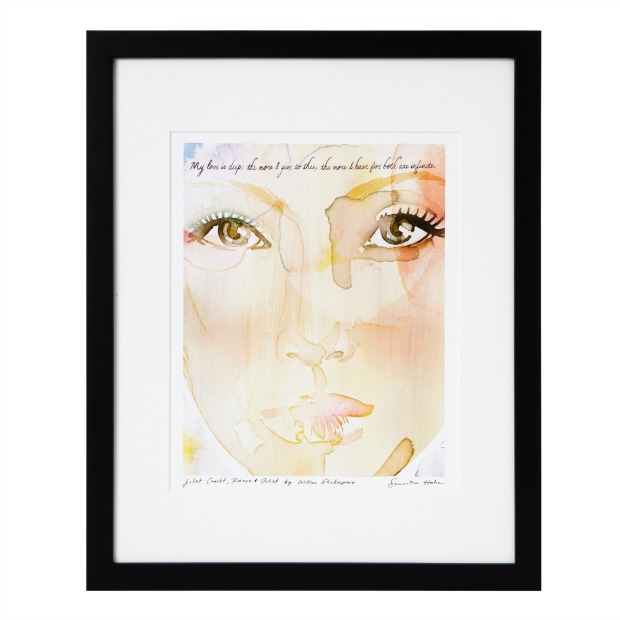Anyone who has asked to speak to a human when trying to pay a phone bill or set up cable knows that being on hold can be a mentally trying task. What makes it even worse? The lilting Muzak that sounds vaguely like something your dentist played during your most recent root canal. Cue dental nightmare flashbacks.
While hold music is a fact of life now, back in 1962, Albert Levy filed a patent for that very same musical mainstay that grinds your gears today. How’d he come up with it? Albert noticed that incoming calls to businesses were often coming in faster than the switchboard operators could address them. He wanted to give callers something to pass the time, but he wasn’t sure what.
Then, Albert’s factory outside New York City had a problem with its phone service. When a loose wire touched a steel girder, the steel acted as an antenna and picked up the signal from a local radio station. The wire tapped into the audio, relaying the music to anyone who was on hold. Turns out, his customers loved it and applauded his entertaining efforts. This happy accident turned into a patent and the future of waiting to speak to your student loan officer was changed forever.
Heavy Metal Rock Band | $48.00

